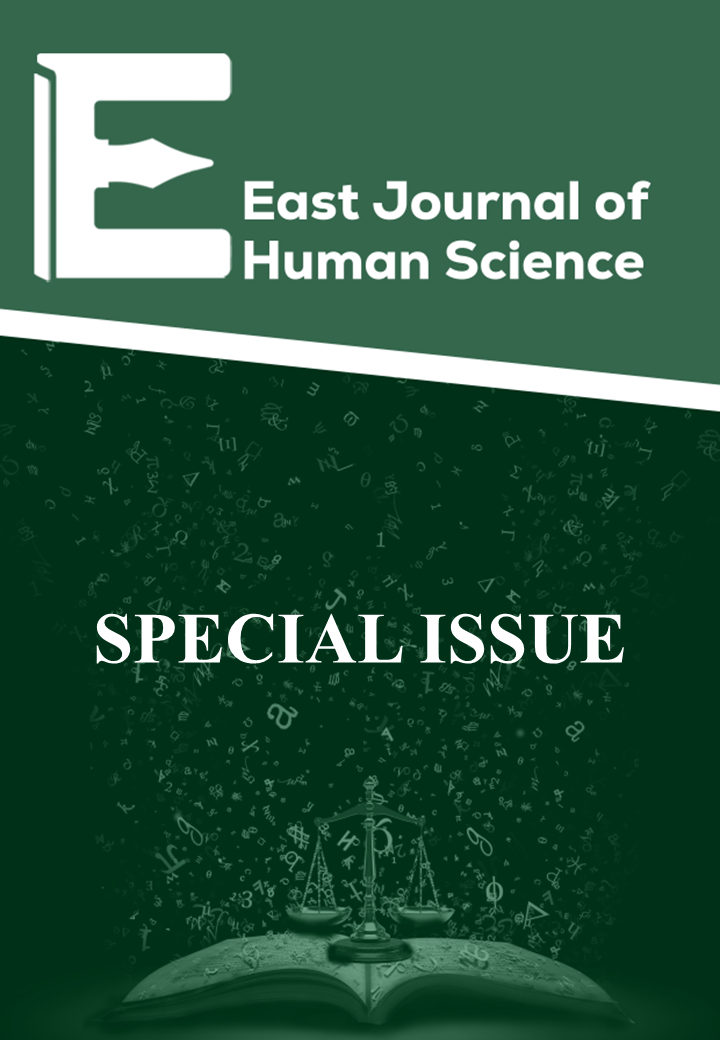Leveraging AI for Enhanced Runway Safety Management in Airports: Key Implementation Factors
Main Article Content
Abstract
Runway safety remains one of the most critical and complex aspects of airport operations, given its direct impact on the safety of passengers, crew, and aircraft, as well as the overall efficiency of airport traffic management. With the increasing complexity and volume of air traffic worldwide, there is a growing imperative to leverage advanced intelligent systems capable of predicting and preventing potential runway incidents before they occur. This study focuses on investigating the key factors that influence the successful implementation of Artificial Intelligence (AI) technologies aimed at enhancing runway safety management. Employing a robust qualitative research methodology, the study combines in-depth expert interviews with a structured Delphi technique to gather consensus from a diverse panel of aviation professionals, regulatory authorities, and AI specialists.
The research systematically explores multiple dimensions critical to AI adoption, including technical readiness, organizational culture, regulatory compliance, and human factors such as staff training and stakeholder engagement. By synthesizing these insights, the study proposes a comprehensive conceptual framework designed to guide airport authorities, policymakers, and technology providers in effectively integrating AI-driven solutions into existing runway safety protocols. The framework emphasizes a balanced approach that aligns technological innovation with operational realities and regulatory requirements.
Furthermore, the paper offers practical recommendations to address the challenges and opportunities identified during the research process, aiming to facilitate smoother transitions toward AI-enhanced runway safety systems. This work not only contributes to the growing body of knowledge on AI applications in aviation but also lays a solid foundation for future empirical research
Article Details
Section

This work is licensed under a Creative Commons Attribution 4.0 International License.





